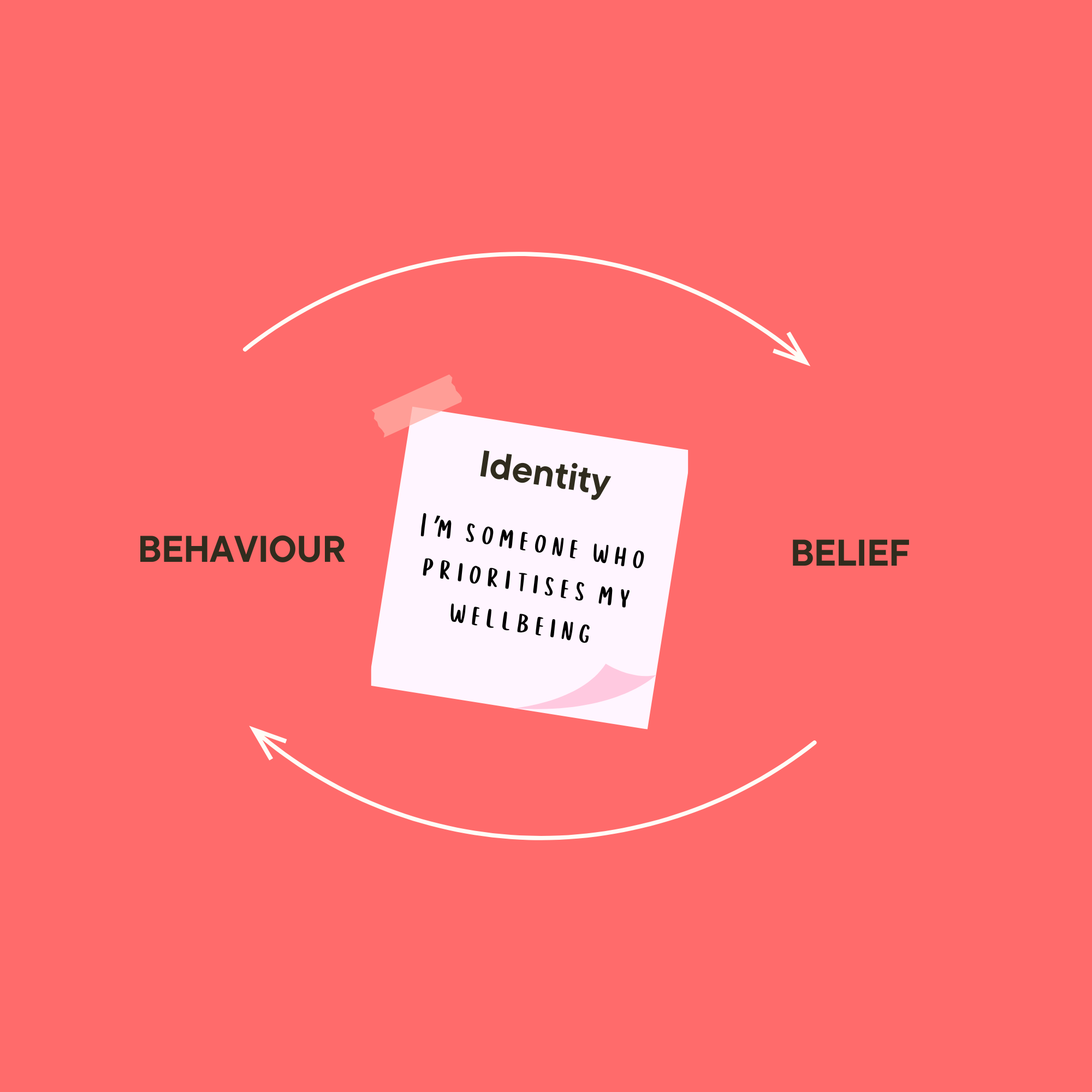The science behind Wellbeing Foundations
Small daily actions make a big difference because they align three layers: Behavioural Science (why habits stick), Feel‑Good Chemistry (how your brain fuels change), and the Six Dimensions of wellbeing (where to focus your 3).
Choose your 3. Small steps, big impact.
Behavioural Science
Wellbeing Foundations work because they activate proven habit levers that make action easier to start — and easier to repeat.
-
Trigger → Action → Reward. Each time you complete the loop, you make the habit easier to repeat.
-
“I’m someone who prioritises my wellbeing.” Habits shape who we believe we are.
-
Small, low-friction promises to yourself build confidence and follow-through.
-
When tied to something you already do, like morning coffee, habits stick better.
-
Habit stacking combines multiple wellbeing actions into a single moment — like walking with a friend (movement + connection).
-
“If X happens, I do Y.” This kind of mental planning significantly boosts follow-through.
-
Sharing your WNNs builds social accountability and positive reinforcement.
Feel-Good Chemicals
Every foundation habit you choose sparks one or more of your natural “feel-good” chemicals — the biological fuel behind motivation, mood and resilience.
-
The Motivator: reward, progress, focus.
A neurotransmitter released when we experience success or anticipate something enjoyable. In today’s digital world, dopamine is often hijacked. Social media likes, clickbait, and constant notifications give us short-term dopamine spikes.
-
The Connector: trust, empathy, belonging.
The “bonding hormone,” released through trust, connection, and positive social interaction. In our hyper-connected-yet-lonely world, oxytocin can be harder to come by. Many people spend hours online without genuine interpersonal connection.
-
The Stabiliser: calm, sleep, self‑worth.
A neurotransmitter that plays a key role in regulating your mood and emotional stability. In today’s fast-moving world, it’s easy to fall into habits that dampen serotonin — like staying indoors, doom-scrolling, or skipping meals and movement.
-
The Booster: stress relief, natural highs.
These hormones and neurotransmitters help you reset emotionally and physically by reducing the brain’s perception of pain and increasing pleasure. Endorphins are your internal bounce-back tool — but they’re often underused. Many of us don’t move enough, laugh enough, or play enough. Instead, we numb with screens, snacks, or stress.
Wellbeing Dimensions
Your wellbeing is multi-dimensional. Each foundation habit strengthens one of these six pillars.
-
Grounds us in physical health. When this pillar is weak, everything feels harder. When it’s strong, you feel fuelled and resilient.
Supports: Dopamine (Motivator) and Endorphins (Booster).
-
Supports clarity and calm. When this pillar is weak, stress and distraction take over. When it’s strong, you think clearly and feel balanced.
Supports: Serotonin (Stabiliser) and Endorphins (Booster).
-
Anchors us in relationships. When this pillar is weak, we feel isolated. When it’s strong, we feel supported, valued, and less alone.
Supports: Oxytocin (Connector) and Serotonin (Stabiliser).
-
Gives direction and drive. When this pillar is weak, life can feel empty. When it’s strong, you feel motivated and know why your actions matter.
Supports: Dopamine (Motivator) and Serotonin (Stabiliser).
-
Restores energy through rest and joy. When this pillar is weak, burnout creeps in. When it’s strong, you feel renewed, playful, and creative.
Supports: Serotonin (Stabiliser) and Endorphins (Booster).
-
Provides order and focus. When this pillar is weak, life feels chaotic. When it’s strong, you feel productive, organised, and in control.
Supports: Dopamine (Motivator), Serotonin (Stabiliser) and ongoing performance.
Take the Wellbeing Snapshot
A quick check-in to find the most helpful non-negotiables
Easy, private and science informed.
Workplace?
Get in touch. Let’s make wellbeing non-negotiable for your team
Share a few details (goals, audience, dates) and we’ll recommend a plan that fits — from an inspiring keynote to a hands-on workshop or Feel-Good Snapshot pilot.
Privacy note: We’ll only use your details to respond to this enquiry.



